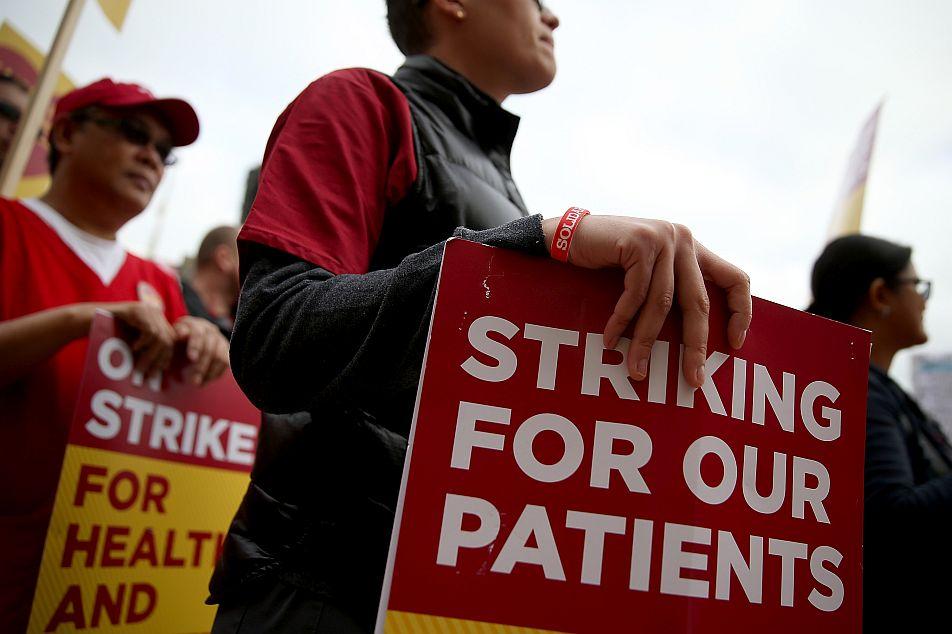The area was settled by Pennsylvania Dutch, who were from Germany, Switzerland, and anywhere in Europe where the German language was predominant in the 1800s. Most of them were Amish, Mennonites, or Lutherans.
These people heavily influenced Pennsylvania’s culture by living an upright, simple and frugal life, which today still permeates the area.
One of those who put his stamp on Hershey, Pennsylvania and its surroundings, setting the cultural direction of that area, is Milton S. Hershey (1857-1945), a man with only a four-year elementary school education.
He fostered an altruistic culture and attempted to instill his beliefs into his workers, his acquaintances, and poor children who were admitted to his school.
Hershey put his words into action. He not only built a successful business, but also a town for his employees that included housing, churches, schools, post offices, banks, parks, a hotel, recreational facilities, and a transportation system that ferried everyone to where they needed to go. The recreational facility included a park, golf courses, and a zoo.
From Near Poverty to Millionaire
Milton Snaveley Hershey was born in 1857 into a family of the Mennonite faith. Mennonites are known for their commitment to nonviolence and are active in peace and social justice issues. However, being born into such a family did not equate with having a formal religious upbringing. Yet, the tenants of the Mennonites shaped his mind and all of his future actions.
Young Hershey, because of his father’s speculative tendencies, lived an unstable life as a youngster and his education ended after the fourth grade. After ups and downs in trying to establishing a business, which included a bout with bankruptcy, he hit gold when embarking on a caramel and chocolate production business.
In 1900, Mr. Hershey decided to concentrate solely on the manufacture of chocolate and sold his caramel business for $1 million.
His chocolate factory was built in the Derry Township, located in the Pennsylvanian countryside, as Mr. Hershey wanted to be close to where he could get fresh milk, plenty of water and people that were willing to work hard to make his chocolate.
Hershey introduced the mass production of chocolate in America. Much of the machinery necessary for mass production was either developed or adapted in Hershey’s factory, according to historical information published by the Hershey Trust Foundation.
The Hershey factory concentrated on producing the Hershey bar that soon became a household name not only because of its high quality, but also due to a sophisticated promotional effort.
Overall, the poor youngster-turned-millionaire was “respected for honesty, for driving hard bargains, and for having a first-class product to sell,” according to the Hershey Trust Foundation publication.
Philanthropic Undertakings
Mr. Hershey earmarked most of his fortune, estimated to be more than $5 billion today, toward building a school for underprivileged boys through a Deed of Trust, signed on November 15, 1909 by Mr. and Ms. Hershey, and the town of Hershey that still today houses and provides services for the workers of the Hershey chocolate factory.
During his life, this once poor boy made sure that the community he helped establish would thrive and develop. Even during the Great Depression, his company remained profitable and his work force was kept in tact. At the same time he employed many of the unemployed on construction projects, resulting in a number of today’s landmarks, such as the Hershey Community Building, Hotel Hershey, the Milton Hershey School and the Hershey Sports Arena.
Always keeping in mind the culture he wanted to foster, he stipulated in The Milton Hershey School’s Deed of Trust the requirements to be followed in developing the minds of the youngsters and taking care of their physical and mental needs.
“Due regard shall be paid to their health; their physical training shall be attended to and they shall have suitable and proper exercise and recreation. They shall be instructed in the several branches of a sound education ... The main object in view is to train young men to useful trades and occupations, so that they can earn their own livelihood,” as set out in the Deed of Trust.
Creating a Culture
Mr. Hershey built a school, saying, “If we had helped a hundred children it would have all been worthwhile.” Opening in 1909, the school trains and fosters the minds of young children, has more than 8,000 alumni and presently educates 1,703 female and male students up to Grade 12.
Mr. Hershey founded the Hershey Chocolate Factory that employs many people and its profits are earmarked toward the philanthropic endeavors he undertook during his lifetime.
Despite the economic down turn and layoffs in almost every industry, the Hershey Company announced that net-sales increased by close to 6 percent during the second quarter ending July 5, 2009, continues to fill job openings, and provides funds to the community in the immediate areas of its manufacturing facilities for health services, as well as cultural and educational activities.
During his lifetime, Mr. Hershey set up a cultural orientation and spirit that still governs all that is happening in that area, his fortune remains healthy and covers all costs of what he stipulated in his Deed of Trust, and the Hershey motto continues to be adhered to by all:
“Selfless Spirit of Service … Devoted to our Legacy … Respectful of Others.”







